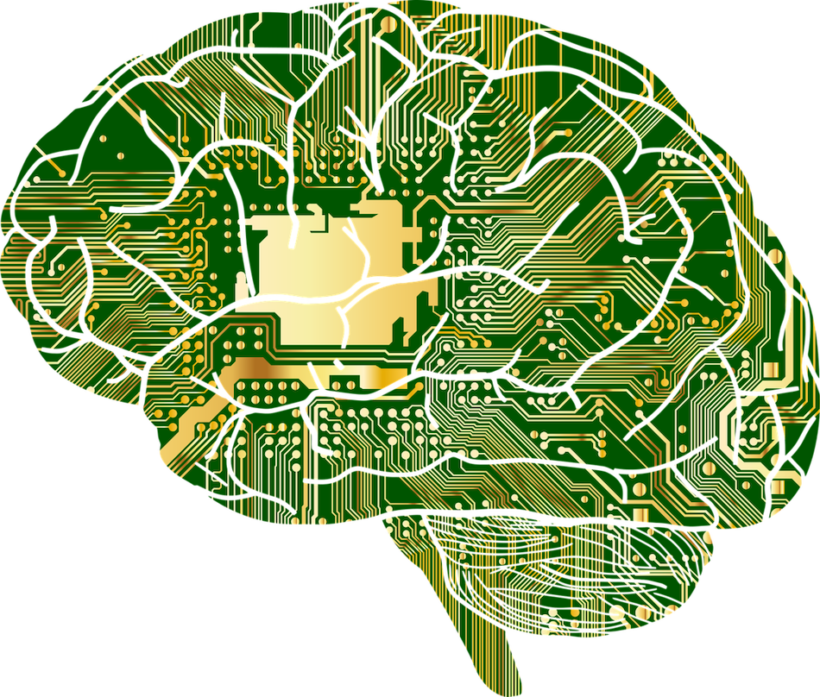Aldous Huxley proposed half a century ago: “The essence of psychological coercion is that those who act under its effect have the impression that they are acting on their own initiative. The victim of mental manipulation does not know that he is a victim. The bars of his prison are invisible to him, and he believes that he is free. The fact that he is not free is only apparent to others. His enslavement is strictly objective”.
As I propose, today with the advent of the so-called “frequency age”, the direct manipulation of brain processes through electromagnetic technology and the purposeful use of the frequency spectrum is being developed.
The perverse application of new technologies is engendering new forms of digital slavery, which are part of the economic machinery and generate new modes of production and ever more refined mechanisms of social adaptation.
The decisive factor for the perpetuation of a system based on objective subjugation has been and remains subjective conditioning, i.e. mind control. Nothing is more effective for the labour system than its self-reproduction in the psyche and mind of those who sustain it with their labour power and “the sweat of their brow”, i.e. with the energy of their own lives.
In this sense, modern consumer workers, under the dictates of the labour market and digital consumerism, are driven in the totality of their lives by a kind of “remote control” and far from recognising and breaking their alien determination, they constitute without doubt and “hidden in plain sight”, the new slavery of the 21st century.
It seems that the enslavement of the mind and thus of human behaviour reaches irreversible levels, because of the mental and bodily doubling that acts mercilessly on its victims to prevent them from rebelling against an inherently inhuman and exploitative social order.
We must remember that what differentiates man from animals is the symbology that this rational being creates. But it stands out that what prevails are the symbols of objects, facts that create thoughts, motivate or stimulate. In other words, we live in an atypical era of the global village, as the historian, poet and journalist Humberto Pinedo also concludes – on the basis of an analysis of my work.
The late journalist’s study concluded that technology is either imposing new behaviours on us or we are imposing new codes or symbols. “That is the social contradiction. Men or zombies. Rationals who create thoughts with symbolism or dehumanised beings who live their days without meaning”.
Haiti’s new draft penal code harshly criminalises zombification, a practice in which a person is declared clinically dead and then revived to work as a slave, according to the Latin American news agency Prensa Latina (PL).
A senatorial commission undertook the analysis of the punitive legal norms in force in the country since 1835, and added some thirty modifications, after several rounds of consultations.
The senators defined several crimes in the act of zombification, including criminal association, burial rape, torture and human trafficking, and pointed out the legal shortcomings associated with this type of practice.
Those of us who question these forms of slavery will continue to fight for the formation of a global consciousness to counteract and end all forms of economic exploitation, political oppression, social discrimination and human alienation.
It should be noted that the Peruvian Episcopal Conference (CEP) through Caritas Peru held a national collection on Sunday 29 August to help rebuild the country of Haiti.
“Together for Haiti” is the name of the national collection with the aim of bringing hope to the Haitian brothers and sisters who are currently facing a humanitarian, social, health and also political crisis.
Following the line of CELAM (Latin American Episcopal Council), the Church in Peru is organising a national collection for the Caribbean country “which is suffering a serious crisis caused by the recent earthquake of magnitude 7.2 on 14 August”, which has so far left more than 2,000 dead, more than 12,000 injured and nearly 30,000 families homeless, with the destruction of almost 53,000 houses and 142 buildings of the Haitian Church and more than 50 Catholic schools devastated.






